By Zelene Lovitt
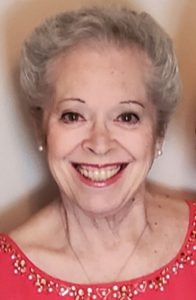
When my mother was 9 years old, she contracted polio. That may be a benign sentence to read in 2019, but it was earth shattering at the time. Not only did polio impact her life, but it had a ripple effect on my own. Polio eventually brought me into the world of inclusion and ultimately gave me a mission to help people with physical, mental and emotional difficulties.
A spinal tap given at home with no anesthetic. Four surgeries on her left leg and limitations regarding her right arm. Braces on her left leg. Years of physical therapy. A damaged self image. Family dynamics that were never repaired. The list of what my mother and her family lived with and through goes on and on and on.
By the time my mother married and had children, she was pretty capable physically. She left braces and crutches behind. Her limp was not pronounced, but it was there. Emotionally, however, she never recovered from polio.
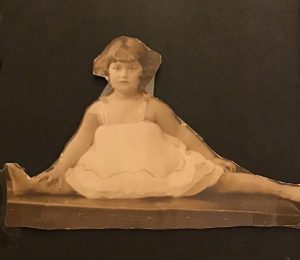
Growing up, our lives were permeated by the shadow of my mother’s history. I remember my mother’s friends, who were also impacted by polio. Ruthie was wheelchair bound and had limited use of her right arm and hand. She was married to Paul, who, because he wore a body brace, never was able to sit. In order to rest, he leaned against walls. Our apartment was the local hub for organizing and collecting funds for the March of Dimes. Those were the days when people actually did “march,” going from apartment to apartment asking for dimes.
As the oldest of four girls, I was expected to compensate for my mother’s challenges and sorrows. Because she was never able to wear high-heel shoes, I felt I had to wear the spikiest high heels. (Is spikiest even a word? It was in my house.) Because my mother had to watch her balance while dancing, I made sure I could out twist other girls in my high school class. After most dates, I would report my experiences so that she could live vicariously through me—making up for her barren teenage social life. None of this was healthy, but it was the only life I knew.
Not surprisingly, my choice of college studies was in a service field—I not only became a teacher, but a special education teacher with a focus on reading disabilities. Later, I became an administrator responsible for programs dealing with at-risk populations.
Lest you think I was unhappy with the direction my life took, let me say that wasn’t the case. I felt useful. I was helping others. I was proud of what I had accomplished. I was married and the mother of three children. I became the president of my synagogue. I was a published author. I developed a peer reading program that received national recognition. The stars twinkled in the skies and fairy dust was falling on my head.
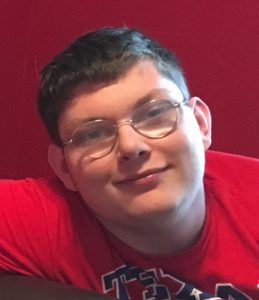
The icing on the cake was when my grandson was born. No one was more blessed than my husband and I with Devon’s arrival. Yet, his development wasn’t quite right. He was ultimately diagnosed as being on “The Spectrum.” By the time he turned 5, he began living with us. Ka-boom. Life turned upside down. The experiences of my youth and professional life appeared to have prepared me for a new reality. But was he welcomed in my synagogue culture? No. Was the religious school equipped or willing to have him in classes? No. Was Jewish life pretty for him? No. At least not outside our family, it wasn’t.
Rabbi after rabbi either chose to ignore Devon’s needs or actually rejected him. That was until our current rabbi, Elana Zelony, appeared and decided that the synagogue was the last place where families should have to fight for inclusion and acceptance. She offered me the opportunity to have our synagogue apply to join the first cohort of the USCJ-Ruderman Family Foundation Inclusion Action Community and then to chair the initiative when we were accepted.
The shul was fairly oblivious to having adults and children with special needs in its midst. Due to a lack of knowledge of members’ personal challenges, there was no action taken to remove barriers to engagement. Initially, it seemed that inclusion efforts were not expected to ultimately contribute significantly to synagogue life. Boy, was that wrong!
Discovering and uncovering accommodations regarding mobility issues was the first order of business. There was no stigma involved, so it proved less challenging to solve. Mental health? Now, that was trickier. No one wanted to consider that they had emotional issues so we just didn’t use those labels when providing sessions to educate and support in those areas of need. Streaming services for homebound or absent members, support of the religious school, The Conversation Project and other offerings helped remove barriers and allowed for increased synagogue engagement.
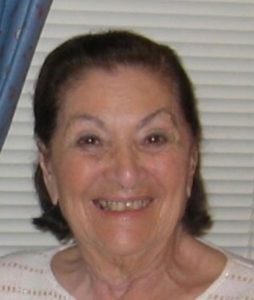
Almost immediately as a result of the Inclusion Initiative efforts, people took notice, appreciated what was happening, brought their needs to our attention, identified barriers and donated to the newly established Inclusion Fund. That fund is how expenses are now paid, not via the synagogue budget. Our momentum is accelerating. Inclusion now permeates almost every aspect of our shul culture and efforts. We are a go-to inclusion resource nationally.
I know that my history and inclusion journey have molded me into the person and leader I have become. I also know now that my mother’s illness was actually the spark that would lead to so many good things all these years later.
Zelene Lovitt is a writer and award-winning program developer, especially in the area of reading education. She is a past president of Congregation Beth Torah, NCJW Evening Branch and North Texas Reading Association. Zelene has lived in Dallas, Texas, for over 50 years with her husband, Robert, and is the mother of Avra, Steven and Benjamin as well as the grandmother of Devon, Jordan, Hannah and Rachel.
Click here to read more from Zelene on diversity inclusion in Jewish life.




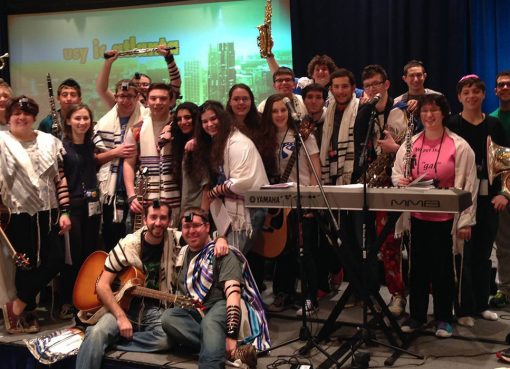
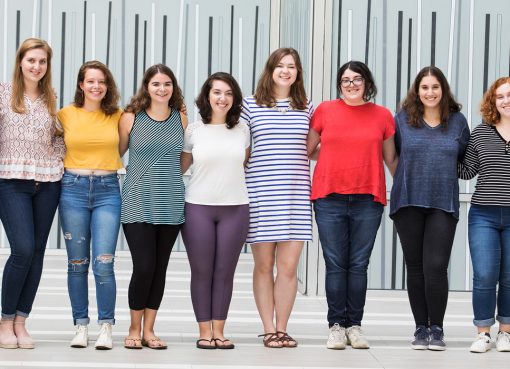
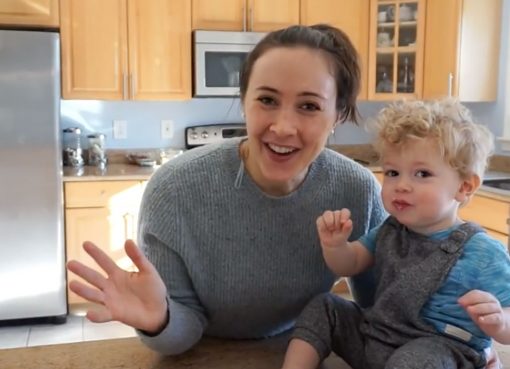

Comment here